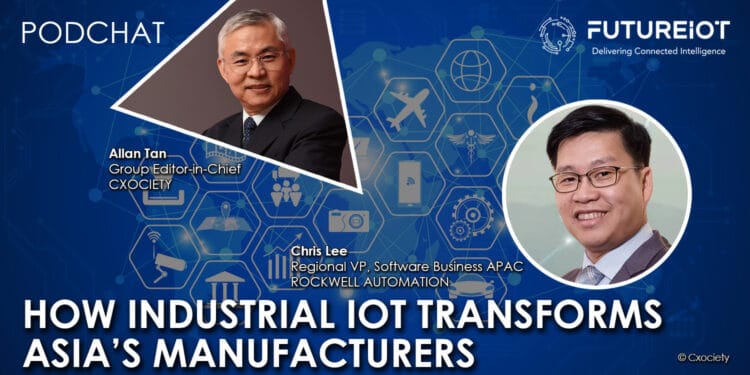Southeast Asia has for decades been an export manufacturing hub to the world competing with another powerhouse manufacturer in the region – China.
But with the US-led trade tension with China, Southeast Asia or the ASEAN region is presented with a golden opportunity to take a bigger slice of the manufacturing demand in the years ahead. Of course, to do this most of the ASEAN member nations must move up the value chain stepping out of the shadows of what is primarily viewed as – a location for low-wage assembly work.
Next-generation Industry 4.0 technologies and mounting pressures on companies to lower their greenhouse gas emissions, meanwhile, are creating new opportunities by changing the game.
In line with its rebirth as a more modern manufacturing base, the Boston Consulting Group forecasts that by 2030, the manufacturing industry in SEA will see an increase in foreign direct investment by up to US$22 billion, potentially generating up to US$600 billion, and see and create up to 140,000 new jobs annually.
But what will it take to become the factory to the world? And how will advances in information technology, particularly software, help Asia’s manufacturers to compete globally amid the continuing macroeconomic uncertainties.
Chris Lee, regional vice president, Asia Pacific for the software business unit at Rockwell Automation, noted that the region is seeing a rapid transformation both in smart manufacturing and the workflow across various industries.
ASEAN as a manufacturing hub for the world
For decades, the ASEAN region has served as a manufacturing hub for companies in North America, Europe and even North Asia. With the ongoing trade tensions between China and the US, there is an even greater opportunity for ASEAN to pick opportunities from companies that are shifting their base out of China.
Lee claims that among customers it surveyed, 75% of those in Asia Pacific are looking at some form of smart manufacturing technology. He attributes this interest partly due to COVID-19 and how it impacted supply chains.
Challenges ahead for smart manufacturing
According to Lee, one of the main challenges is understanding what technologies are available to facilitate this transition to smart manufacturing and identifying partners to help them cross the chasm. He also sees education and building the talent pool to implement smart manufacturing.
He also acknowledged the diverse economic structure of Southeast Asia presents disparities when it comes to technological maturity.
“Digitisation and digital transformation are key to allowing customers or these countries or manufacturers to transform themselves,” said Lee. But the challenge, and opportunity will be in how to bridge the technology and skills divide in the region.
Modernisation-ESG conundrum?
Asked whether manufacturers can pursue a modernisation strategy while complying with evolving regulations and the recent spike in interest around environmental, social and governance (ESG) issues, Lee acknowledged that ESG is top of mind among CIOs and CEOs.
Click on the PodChat player for more details on Lee’s observations, opinions and recommendations on how industrial IoT is transforming Asia’s manufacturing sector.
- What is the significance of smart, connected factories?
- In terms of Southeast Asian as a manufacturing hub, where do we stand?
- What are the challenges that Asian manufacturers will face, as they try and adapt these new technologies to their existing operations in the region, including the partners in the ecosystem?
- What do you see is the role of government in supporting these manufacturers?
- How do you see Asian manufacturers adopting new technologies while complying with ESG requirements as demand for a more sustainable manufacturing practice rises?
- How should manufacturers accommodate concerns around cybersecurity?
- Is reshoring going to be a concern for manufacturers in Asia?
- What are your thoughts on rising inflation in 2023?
- What is your advice for Asian manufacturers as they start to look to implement or integrate these new technologies be more competitive, efficient, and productive, as a supplier to the world?



